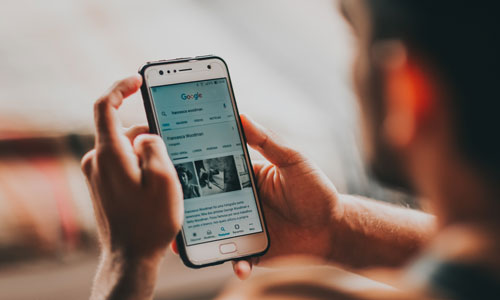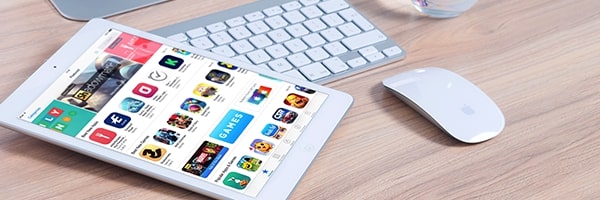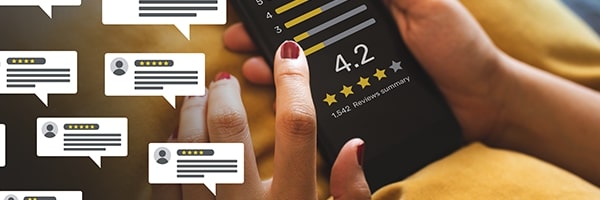How To Build App Awareness and Build App Installs
The app stores are crowded and competitive, but you need to let people know your app exists. A comprehensive promotional strategy that communicates the value of your app to your target audience is essential. This effort needs to involve every facet of marketing, with a particular emphasis on carrier- and app-branded materials along with incentives and sales enablement materials for front-line sales associates.
Smith Micro has worked with its wireless carrier clients to support the launch of several mobile apps. The purpose of this blog is to provide you with a high-level overview of the promotional tactics we have found successful.
Limited Free Trials with Easy Cancellation
Offering a free trial of your app for 15 or 30 days significantly lowers the barrier-of-entry. A free trial goes a long way in mitigating the natural hesitation a user feels when downloading a paid app. When combined with proven app onboarding practices such as in-app feature tutorials and messaging about key functionality, a free trial period is an effective method to prove the app’s value at the beginning of the customer life cycle.
Digital Advertising Campaigns (Universal & Remarketing campaigns)
Universal App Campaigns serve digital ads to your target demographic across various ad networks run by Google, Microsoft (Bing/LinkedIn), and Facebook (which includes Instagram). While these paid initiatives require consistent investment, they are an incredibly effective way to build awareness of your app and drive installs. When combined with the next tactic (remarketing), universal campaigns are even more effective.
Remarketing Campaigns display ads to users who have previously interacted with one of your digital ads or visited a tagged landing page. One way to think of remarketing campaigns is as the next step in a user’s digital path to purchase. They took the first step by clicking on your ad and visiting the associated landing page. Remarketing provides the ability to serve complementary digital ads directly to these prospects.
The messaging and call-to-actions included in remarketing ads should go beyond basic app awareness tactics, which are better suited for universal ad campaigns. For instance, promoting a specific app feature or use case is an effective way to reinforce general app awareness. If they are able to visualize using the app for a specific purpose and see how it fits into their life, they will be much more likely to download it. This article published by Search Engine Journal provides step-by-step instructions on how to set up a remarketing campaign on Google Ads.
Create a Branded, App-centric Landing Page
A mobile-responsive, app-specific landing page is a necessary component of any digital ad campaign for two main reasons: 1) to be able to measure the performance and ROI of any digital ad campaign; 2) it is a great resource for any user looking to learn more about your app. Providing all relevant information – such as app features, use cases, compatibility, and pricing – in the same place streamlines the self-education process for potential users and accelerates time-to-conversion.
In-Retail Store Promotions & Sales Enablement
An app must be viewed as a product, and your retail stores are the most effective way to generate awareness and interest in this product. In-store materials need to address two audiences: the consumer and the sales associates. The promotional strategy for the physical environment of a retail store needs to include the following:
- Consumer-Point of Sale Promotions
- Signage should be sleek and engaging, with content that speaks to how the app will improve or add value to a user’s life.
- Product Retail Cards need to highlight features and benefits, as well as raise awareness of this new offering.
- Leverage in-store demo devices to build awareness of your app. Smart retail solutions like Smith Micro’s ViewSpot platform enable in-store demo devices to display synchronized promotional content about your products and services.
- Sales Enablement
- Sales-focused materials should be clear and concise so that sales teams can get up to speed quickly and answer questions as they arise. Common sales enablement materials include:
- App Positioning Statements
- Features & Benefits Overview
- Account Activation Quick Guide
- Objection Handling
- Product FAQs
- Scripts for front-line sales and telemarketing
Employee Advocacy
When raising awareness of your app, don’t stop with your sales associates. Promote your app and its value to your entire employee base and encourage them to download and integrate the app into their daily routines. Employees also provide a built-in pool of users to leverage for app testimonials. Distributing periodic surveys (quarterly or after a major feature update) to employee users is an easy way to gather this information and gain feedback from real users.
Provide a Rich App Store Experience
As the final step before a user “converts,” your app’s App Store listing needs to be engaging and informative. Users will be much more likely to download your app if they know its features/benefits and can visualize what the in-app experience will be like. Providing high-quality screenshots of key features within your App Store listing is an effective way to communicate this sentiment.
As you can see, a lot goes into building app awareness and driving installs. However, many of these tactics are easily planned and implemented. In our experience launching apps for wireless carriers, having your promotional plan mapped out beforehand is essential.
Check out our How to Launch a Successful Lifestyle App blog to learn more.






